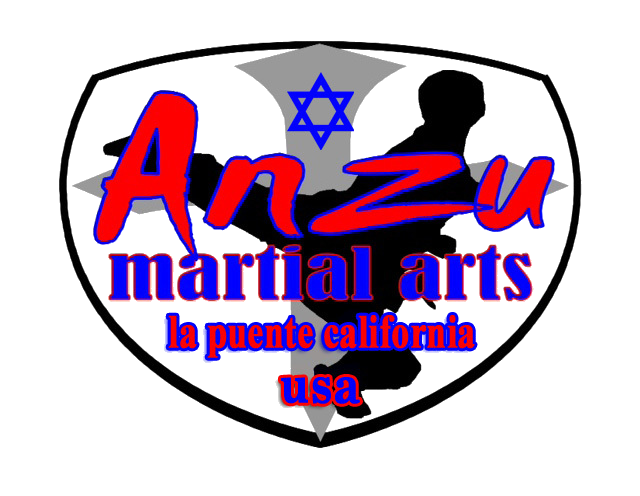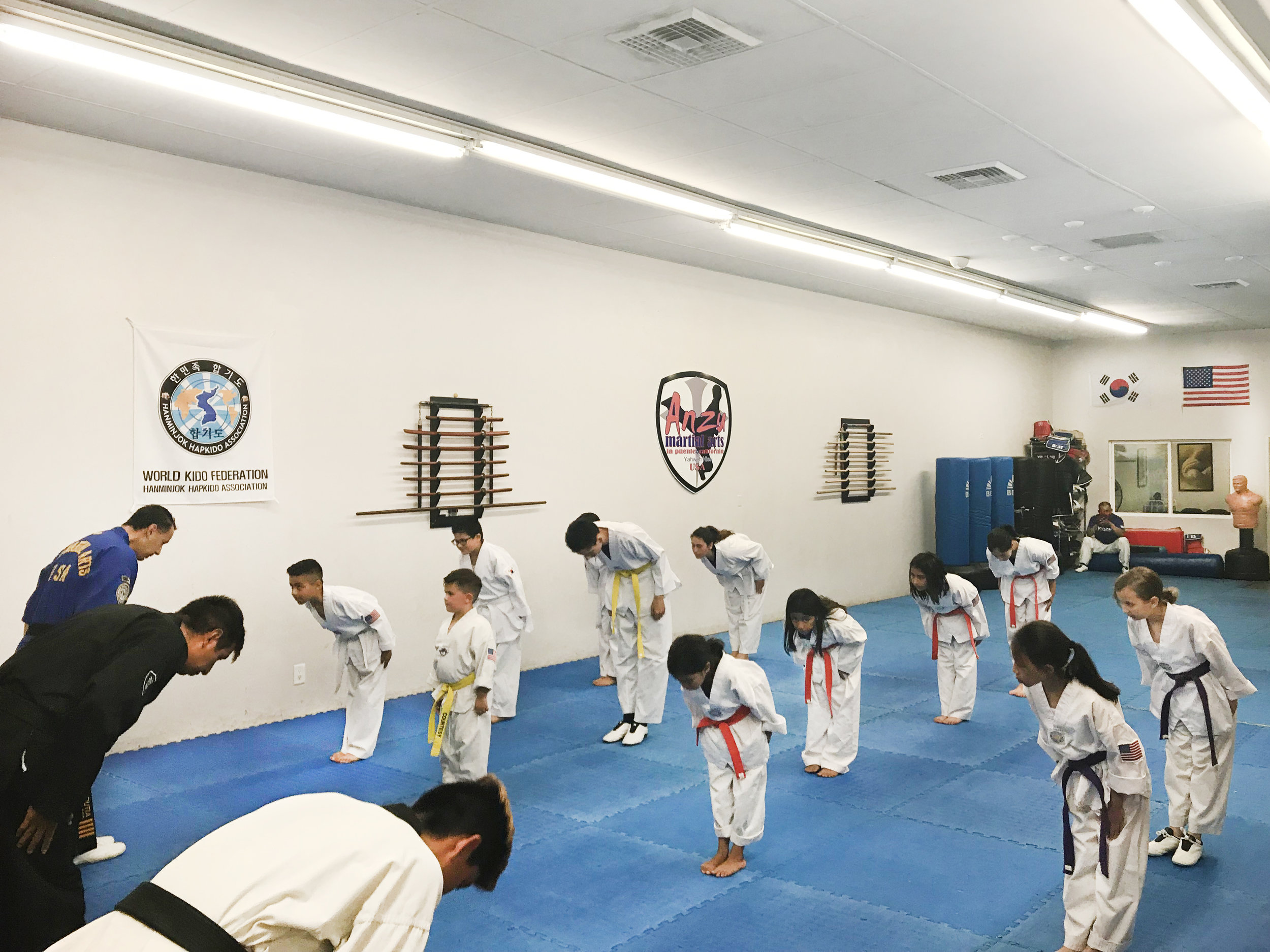About Taekwondo
Meaning
Meaning of Taekwondo do
Tae literally means to jump, kick or smash with the foot.
Kwon denotes the fist, the arm, fist.
Do means the way, art, the method
Taekwondo is the way of kicking and punching.
Taekwondo do is Art of unarmed combat for self defense.
History
Tae Kwon Do (also known as Taekwondo) is the art of self defense that originated in Korea. It is recognized as one of the oldest forms of martial arts in the world, reaching back over 2,000 years. The name was selected for its appropriate description of the art: Tae (foot), Kwon (hand), Do (art).
Tae Kwon Do in the United States
The introduction of Tae Kwon Do in the United States began during the 1950’s when a handful of pioneering master instructors travelled to America to spread the art. Throughout the next few decades Tae Kwon Do grew in popularity, not only as a martial art, but as an international sport.
In 1973, Korea hosted the first Tae Kwon Do World Championships. In that same year, the World Tae Kwon Do Federation was established as the international governing body for the sport aspects of Tae Kwon Do. Today the WTF counts 120 separate countries as its members, representing 20 million practitioners. These numbers earn Tae Kwon Do the distinction of being the most practiced martial art in the world.
Tae Kwon Do first gained acceptance as an Olympic sport when it appeared as a demonstration event in the 1988 Seoul Olympic Games. Tae Kwon Do became a full medal sport competition beginning in 2000 at the Sydney Olympics.
History of Tae Kwon Do
One of the earliest clues of Tae Kwon Do’s existence is a mural painted on the wall of a tomb that was built in the Korean kingdom of Koguryo, between 37 BC and 66 AD. The drawing shows two unarmed figures facing each other in a Tae Kwon Do style stance. Additional drawings in the tomb show figures performing blocks and wearing uniforms similar to those used in modern day Tae Kwon Do training.
The advancement of Tae Kwon Do and its techniques developed as the country of Korea developed. There are examples and history of Tae Kwon Do training in virtually all the records of the different kingdoms that existed within the country throughout the centuries.
The highest form of the ancient art was achieved in the kingdom of Silla. This tiny kingdom constantly faced attacks and opposition from larger and stronger areas. As a result the ruler of the kingdom, King Jin Heung, established an elite group of warriors called the “Hwarang” or “Flower of Youth”.
The Hwarang consisted of the sons of nobles within the kingdom. They were carefully selected and formally trained in all aspects of military skills including unarmed combat, which at the time was known as Tae Kyon. It is significant that the Hwarang were taught not only the importance of developing their bodies, but their minds and spirits as well. In addition to fighting techniques, the young warriors were instructed in history, poetry, and philosophy. The entire body of study was known as Hwarang Do. The Hwarang gained skills not only for battle, but for daily life. This relates directly to modern Tae Kwon Do training, which provides self defense skills as well as improved character, self-discipline, and confidence that can be applied to any task.
Following the Silla dynasty came the Koryo dynasty (935 AD – 1352 AD) from which Korea takes its name. Martial arts practice, known as Subak Do, became popular as an organized sport with detailed rules. The royal family sponsored competitions and demonstrations, and martial arts became deeply rooted in Korean culture. Buffalotkd.com
Benefits
Practicing TaeKwonDo…
Improves health
Improves Flexibility, Energy, and Strength
Improves Digestion
Reduces Upper Body Tension
Promotes Weight loss
Improves Sleep
Improves Focus and concentration
Improves physical and Mental Strength
Increases Self Confidence
Improves Endurance and Coordination

